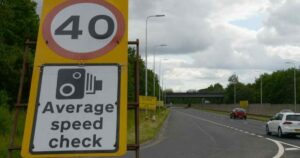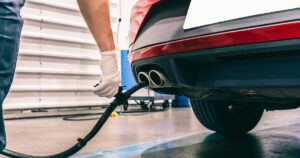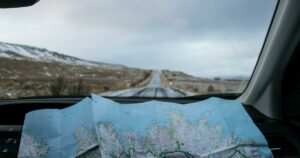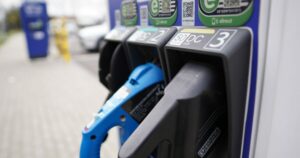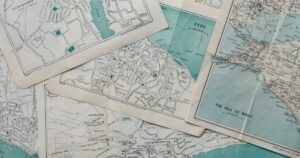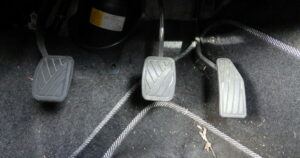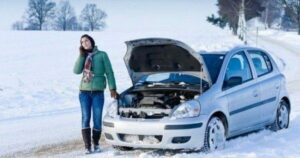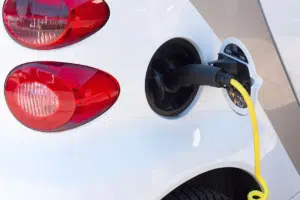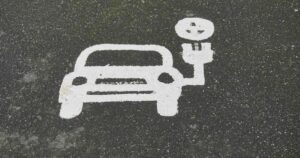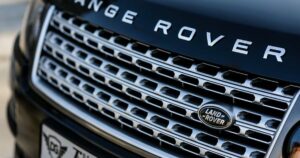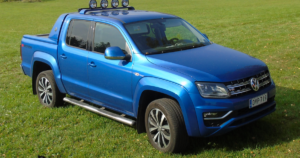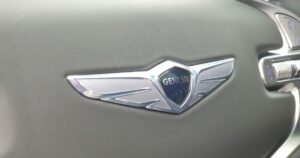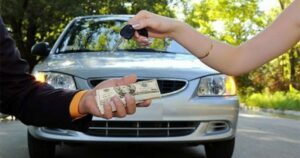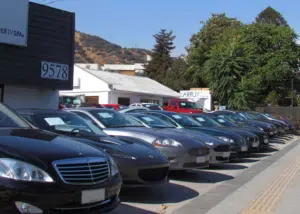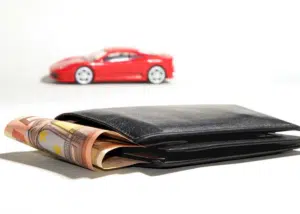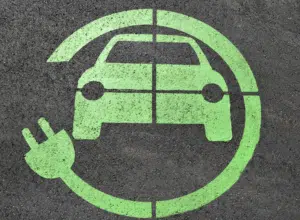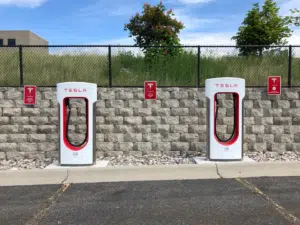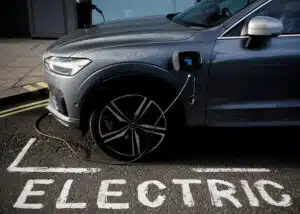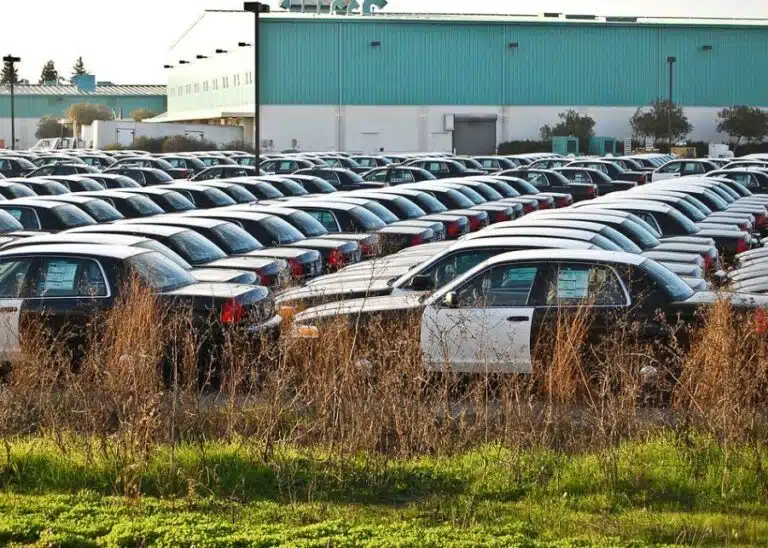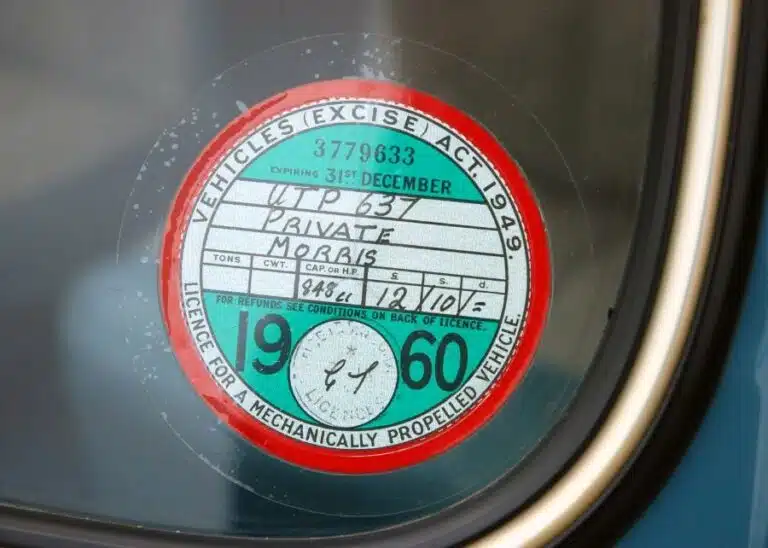What is a Ford?
A Ford can have different meanings depending on the context, but in this instance, a ford is shallow place where a river or stream can be crossed by wading or driving. This is a natural or constructed feature that can be useful or risky for travellers.

What are the risks of driving through a Ford
According to the AA, some of the possible risks of driving through a Ford are:
- Water can enter your engine through the air intake and cause hydrolock, which is when the pistons cannot compress the water and the engine stalls or breaks.
- Water can also damage your car’s electrical systems, such as the battery, alternator, starter, or spark plugs, and cause short circuits or corrosion.
- Water can reduce or eliminate your braking ability, as the brake pads and discs get wet and slippery. You should test your brakes after driving through a ford by applying them gently and repeatedly.
- Water can cause aquaplaning, which is when your tyres lose contact with the road and you lose control of your steering. You should drive slowly and steadily through a ford and avoid sudden acceleration or braking.
- Water can also damage your car’s bodywork, suspension, exhaust, or catalytic converter, especially if it contains salt, mud, or debris.
To avoid these problems, you should always check the depth and flow of the water before driving through a ford. If you are not sure, it is better to take a different route or wait for the water level to drop. Driving through a ford can be dangerous and costly, so be careful and prepared.
How to drive through a Ford
Driving through a ford, or a shallow place where a river or stream can be crossed by wading or driving, can be risky for your car and your safety. Here are some tips to help you drive through a ford safely and avoid damaging your car:
- Check the depth and flow of the water before you enter the ford – easier said than done when you’re in the car. You can use the depth gauge, if there is one, or get out and walk through the ford to test the water level and the surface condition. Avoid water that is more than 10cm (4 inches) deep, as it can damage your engine or electrical systems, says Piston Heads. Also, avoid water that is flowing fast, as it can push your car off the road or into deeper water.
- Drive slowly and steadily through the ford, without stopping or changing gear. This will prevent water from entering your engine through the air intake or the exhaust pipe, and also reduce the risk of aquaplaning, which is when your tyres lose contact with the road and you lose control of your steering, according to the AA. You can also use a low gear and high revs to create a pressure wave in front of your car, which will keep some water away from your engine.
- Test your brakes as soon as you exit the ford, by applying them gently and repeatedly. This will dry them out and restore their effectiveness. You should also check your car for any signs of water damage, such as leaks, corrosion, or warning lights.
Driving through a ford can be dangerous and costly, so be careful and prepared. If you are not sure about the depth or the flow of the water, or if you have any doubts about your car’s ability to cross the ford, it is better to take a different route or wait for the water level to drop.

What happens if you drive into floodwaters?
Driving into floodwaters can be very dangerous and damaging for your car and your safety. Some of the possible consequences according to the AA are:
- Your car can be swept away by fast-moving water, even if it is only a few inches deep.
- Water can enter your engine through the air intake or the exhaust pipe and cause hydrolock, which is when the pistons cannot compress the water and the engine stalls or breaks.
- Water can also damage your car’s electrical systems, such as the battery, alternator, starter, or spark plugs, and cause short circuits or corrosion.
- Water can reduce or eliminate your braking ability, as the brake pads and discs get wet and slippery. You should test your brakes after driving through floodwaters by applying them gently and repeatedly.
- Water can cause aquaplaning, which is when your tyres lose contact with the road and you lose control of your steering. You should drive slowly and steadily through floodwaters and avoid sudden acceleration or braking.
To avoid these problems, you should always try to check the depth and flow of the water before driving through floodwaters. If you are not sure, then same as above, try to take a different route or wait for the water level to drop

How do I know if I have water in my engine?
One of the easiest ways to tell if you have water in your engine is to check your oil or transmission fluid. If the dipstick for either one has an unusual color, is milky, or has turned beige, your vehicle has a water problem. You should have it towed to a mechanic. Do not attempt to start it, says Four Wheel Trends.
Another way to tell if your engine has been exposed to water is to check your coolant level. If the coolant is low or has a rusty color, it may indicate that water has leaked into your engine through a cracked head gasket or a damaged cylinder head, says the AA.
Water in your engine can cause serious damage, such as hydrolock, corrosion, or electrical failure. It can also affect your car’s performance and fuel efficiency. To prevent water from getting into your engine, the AA recommend that you should avoid driving through deep or fast-flowing water, and check your car regularly for any signs of leaks or contamination.
Does car insurance cover flood damage?
The answer to this question depends on the type of car insurance you have and the circumstances of the flood damage. Here are some general guidelines:
- If you have comprehensive coverage, you are likely to be covered for flood damage, as long as you did not intentionally drive into flood water or ignore weather warnings. Comprehensive coverage pays for damage to your car caused by events other than collisions, such as fire, theft, vandalism, or natural disasters.
- If you have third party, fire and theft coverage, you are not covered for flood damage, unless you have an optional add-on that specifically includes it. This type of coverage only pays for damage to other people’s property or injuries caused by your car, as well as damage to your car caused by fire or theft.
- If you have third party only coverage, you are definitely not covered for flood damage, as this is the minimum level of car insurance required by law. This type of coverage only pays for damage to other people’s property or injuries caused by your car, and nothing else, says Money Expert.
If you are unsure about your car insurance policy, you should check your documents or contact your provider to find out what is covered and what is not. You should also read the terms and conditions carefully, as there may be exclusions or limitations that apply to flood damage claims. For example, according to Money Expert, some insurers may require you to take certain precautions to protect your car from flood damage, such as moving it to higher ground or using anti-theft devices.
If you need to make a claim for flood damage, you should contact your insurer as soon as possible and follow their instructions. You should also take photos of the damage and keep any receipts for repairs or replacements. You should not try to start your engine or drive your car if it has been flooded, as this could cause more damage and invalidate your claim.







